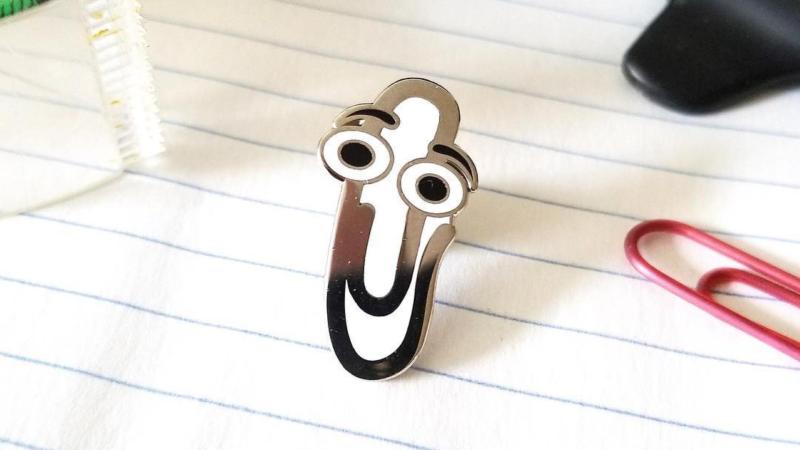
Toe prosthesis of a female burial from the Theban tomb TT95, early first millennium BCE (all photos by Matjaž Kačičnik, © University of Basel, LHTT).
About 3,000 years ago, a woman from Upper Egypt had her right big toe removed. Her anatomical anomaly may have been lost to time, had it not been for the discovery of her mummy in 1997, with a wooden toe still attached to the skeletal foot. Smoothly sculpted and complete with a neatly trimmed toenail, the artificial toe is likely one of the oldest prosthetic devices ever made. It has resided in Cairo’s Egyptian Museum since being excavated from its owner’s tomb near Luxor, but is currently undergoing new study by researchers from the museum, the University of Basel, and the University of Zurich.
Thanks to the team’s use of microscopy, X-ray technology, and computer tomography, we now have new insight into the toe’s functionality, materiality, and fabrication process. Like today’s prostheses, it was acutely tailored to its wearer — it was even refitted for her foot several times, the researchers found. More than a cosmetic accessory, the toe consists of three sections — two of wood, one of leather — and would have helped the woman walk, which attests to the skills of an artisan with intimate knowledge of human physiognomy.
“So far no prosthetic devices are known from this period,” Dr. Susanne Bickel, an Egyptologist at the University of Basel, told Hyperallergic. “The level of sophistication makes this a unique piece.”
[…]
Aside from wood, the toe was made with leather, rope, and textile bands, which its owner would have used to attach it to her foot. As Finch described, it features holes through which a series of bands tie its pieces together; it even has a hinge, perhaps to mimic the movement of the metatarsophalangeal joints. The woman would have even been able to wear it with sandals, and while it likely would have eased her mobility, it also would have helped her foot appear natural to others, at a glance.
“Balance might indeed have been an important reason for wearing such a device,” Bickel told Hyperallergic. “The idea of having a complete body, which was central to Ancient Egyptian minds, might have been a reason for seeking an aesthetic aspect to it.”
























